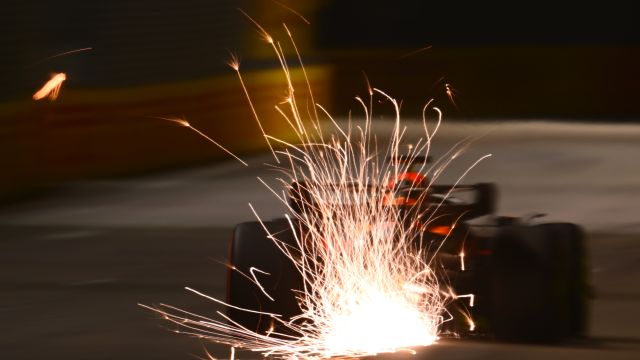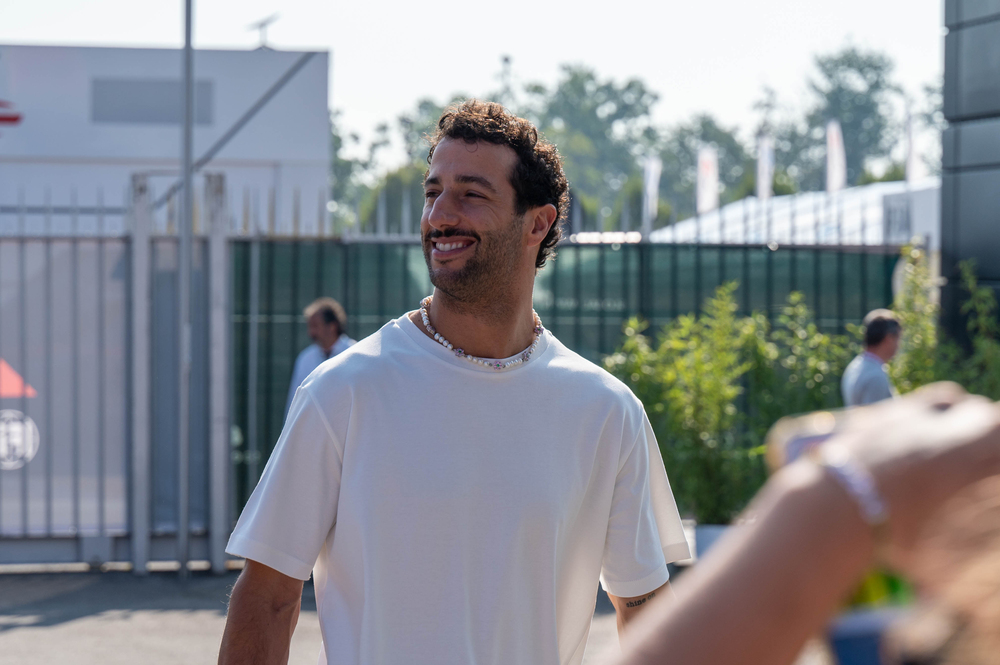The Intricacies Of Formula One Racing: An Inside Look


Formula One (F1) racing, often viewed as the pinnacle of motorsport, is far more than just high-speed cars racing around a track. At its heart, it is a symphony of cutting-edge technology, strategic genius, human tenacity, and the relentless pursuit of perfection. Every race weekend showcases a blend of intense rivalries, engineering marvels, and split-second decisions that can shape the course of an entire championship.
For enthusiasts placing their wagers on outcomes through platforms like FanDuel Sportsbook, the stakes are even higher. This article will delve deeper into F1, uncovering the layers that transform it from a sport into a global spectacle. Join us as we navigate the tight corners and high-speed straights of this thrilling realm.
The Evolution of F1 Cars
F1 cars have evolved remarkably since their inception, mirroring the rapid pace of technological advancements in the automotive world. From their rudimentary beginnings in the 1950s with front-mounted engines and simplistic designs, F1 cars have transformed into aerodynamic masterpieces of the modern era. This journey has been marked by shifts in focus from pure speed to intricate aerodynamics, tire technologies, and fuel efficiency.
Materials have transitioned from basic metals to carbon composites, enhancing both performance and safety. Hybrid power units, once a distant dream, are now at the sport’s core, demonstrating F1’s commitment to sustainability. This continuous metamorphosis ensures that F1 remains at the cutting edge, setting benchmarks for the wider automobile industry and captivating fans across generations.
The Strategy Behind Pit Stops
The pit stop in F1 is a masterclass in precision, speed, and strategy. Far from being just a brief pause for tire changes and refueling, pit stops are pivotal moments in a race that can dictate victory or defeat. Teams meticulously plan each stop, factoring in tire wear, fuel levels, race position, and potential on-track events. A mere second delay can mean the loss of several positions on the track.
Over the years, pit crews have refined their skills to the point where all four tires can be replaced in under three seconds. But it’s not just about speed; choosing the right moment to pit, anticipating weather changes, or reacting to safety car periods makes the strategy behind pit stops a complex, dynamic, and crucial component of modern F1 racing.
The Role of Simulators in Modern Racing
Simulators have revolutionized modern F1 racing, becoming indispensable tools for both teams and drivers. Beyond just a high-tech video game, these setups provide a hyper-realistic replication of on-track experiences. In the comfort of their team facilities, drivers can navigate virtual laps on any F1 circuit, refining techniques, trialing strategies, and acclimating to track nuances before they physically arrive for a race weekend.
For teams, it’s an invaluable testing ground, offering insights into car performance, setup tweaks, and potential innovations without the costs and constraints of real-world testing. As technology continues to advance, the line between virtual and reality blurs, making simulators not just a preparatory tool but a cornerstone of modern racing’s pursuit of perfection.
The Intense Rivalries
Intense rivalries enhances F1’s fervor, which often transcend the boundaries of the track, capturing the imaginations of fans worldwide. Whether between teammates or arch-foes, these epic duels amplify the drama, adding layers of emotion and intrigue to the already high-octane sport. Think of Senna versus Prost, where contrasting driving philosophies and personalities clashed both on and off the tarmac. Or the more recent Hamilton-Rosberg duel, which saw friendships strained amidst championship battles.
These rivalries are not just about the pursuit of victory but also about pride, legacy, and proving one’s mettle in the face of fierce competition. They epitomize the passion that defines F1, turning races into sagas and competitors into legends, forever etched in the annals of the sport.
The Challenge of Varying Circuits
F1’s global calendar presents a unique array of circuits, each bringing its own set of challenges and characteristics. From the high-speed straights of Monza to the tight, twisting corners of Monaco’s street circuit, diversity is the hallmark of the season. This variety tests not just the drivers’ mettle but also the cars’ adaptability and the teams’ strategic acumen. It’s not merely about mastering a single track; it’s about exhibiting versatility across varying terrains, altitudes, and climates.
A car setup optimized for the aerodynamic demands of Spa-Francorchamps may falter on Singapore’s humid, night-lit streets. This ever-changing landscape ensures that both driver and machine are constantly pushed to their limits, making adaptability and foresight critical components in the quest for championship glory.
The Significance of Team Dynamics
In the world of F1, where split-second decisions can make or break a race, the significance of team dynamics cannot be overstated. While the spotlight often rests on the drivers, behind the scenes lies a cohesive unit of engineers, strategists, and mechanics working harmoniously towards a common goal. The relationship between drivers, the trust in their pit crew, and the collaboration between various departments are crucial elements that determine a team’s success.
A harmonious team can seamlessly execute strategies, adapt to changing conditions, and overcome adversities. Conversely, internal discord or miscommunication can result in lost opportunities, or worse, race-ending mistakes. In this high-pressure environment, fostering positive team dynamics is as essential as engineering prowess or driving skill in clinching championship titles.
Conclusion
At its core, F1 is an intricate tapestry of engineering advancements, razor-sharp strategies, technological innovation, human passion, adaptability, and the intricate ballet of teamwork. From the awe-inspiring metamorphosis of racing machines to the precise choreography in the pits; from the virtual realms aiding preparation to the fierce personal duels that define eras; from the vast spectrum of global tracks to the silent yet monumental orchestration behind the scenes—each facet contributes to the grand spectacle.
As we peer beneath the surface of sheer speed and adrenaline, we gain a profound appreciation for the myriad elements that coalesce, race after race, to craft the enthralling narrative of this unparalleled motorsport.





